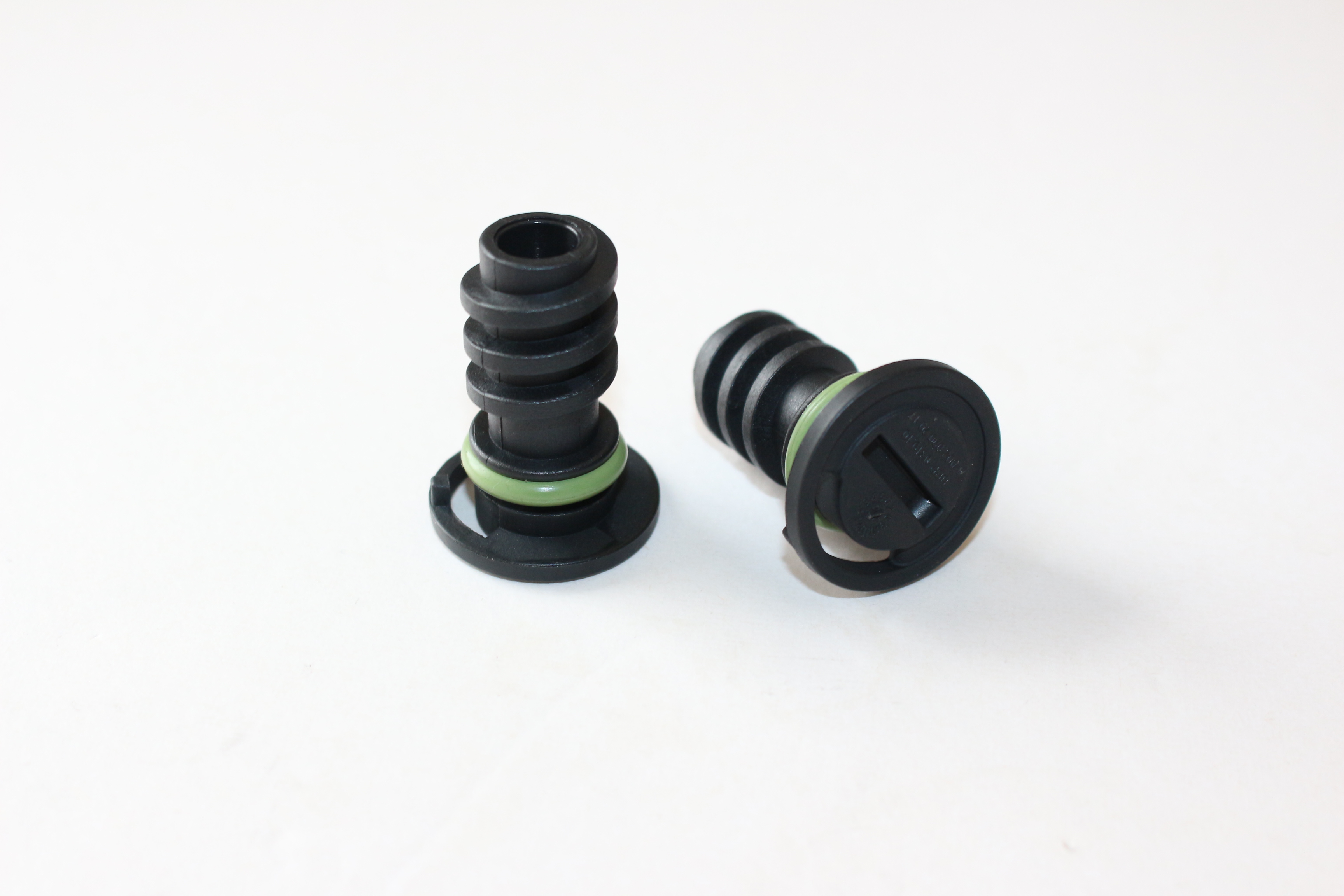epdm flat gasket
Understanding EPDM Flat Gaskets Properties, Applications, and Benefits
EPDM (Ethylene Propylene Diene Monomer) flat gaskets have gained considerable popularity in various industries due to their versatile properties and excellent performance characteristics. These gaskets are integral components used in a wide range of applications, providing effective sealing solutions for a variety of environments. In this article, we will explore the properties, applications, and benefits of EPDM flat gaskets, highlighting why they are a preferred choice for many manufacturers and engineers.
Properties of EPDM Flat Gaskets
One of the most significant attributes of EPDM is its excellent resistance to environmental factors. EPDM gaskets can withstand extreme temperatures, typically ranging from -40°F to 250°F (-40°C to 121°C). This thermal stability makes them suitable for both hot and cold applications, ensuring a reliable seal under various conditions.
In addition to temperature resistance, EPDM exhibits outstanding resistance to ozone, UV radiation, and weathering. This makes EPDM flat gaskets particularly beneficial for outdoor or exposed applications where traditional materials might degrade rapidly. The material also showcases excellent chemical resistance, particularly to polar solvents, acids, and alkalis, though it is advisable to consult chemical compatibility charts for specific applications.
Furthermore, EPDM gaskets are known for their flexibility and elongation properties. This flexibility enables them to conform to the surfaces they are sealing, ensuring a tight, leak-proof seal. The material's ability to compress and maintain its shape under pressure contributes to its effectiveness in various sealing applications.
Applications of EPDM Flat Gaskets
EPDM flat gaskets are utilized across several industries, including automotive, plumbing, HVAC, and manufacturing. In the automotive sector, they are often used in engines, air conditioning systems, and fuel systems, providing reliable seals that prevent leaks and ensure optimal performance.
epdm flat gasket

In plumbing and construction, EPDM gaskets are employed in faucets, valves, and various fittings, where they help maintain watertight seals that prevent leaks. Their durability and resistance to corrosive chemicals make them ideal for use in wastewater treatment plants and chemical processing facilities.
The HVAC industry also benefits from EPDM flat gaskets, which are used in ductwork and various HVAC components to ensure efficient operation and energy savings. Their ability to withstand temperature fluctuations and exposure to various environmental conditions makes them particularly well-suited for applications in heating and cooling systems.
Benefits of Using EPDM Flat Gaskets
One of the primary advantages of EPDM flat gaskets is their longevity. The material’s resistance to aging and Environmental factors means that gaskets made from EPDM often have a longer service life compared to those made from other materials. This longevity can translate to reduced maintenance costs and fewer replacements, making them a cost-effective solution in the long run.
Additionally, EPDM gaskets can be manufactured in various shapes and sizes, allowing for customization to meet specific application requirements. They can be easily cut, die-cut, or molded to fit the particular needs of a project, providing a versatile sealing solution.
Moreover, EPDM gaskets are an environmentally friendly option. They can be produced using recycled materials and are recyclable themselves, contributing to sustainability in manufacturing processes.
Conclusion
EPDM flat gaskets offer an array of benefits that make them a superior choice for sealing applications across multiple industries. Their excellent resistance to environmental factors, flexibility, and longevity ensure they perform effectively in various conditions, minimizing the risk of leaks and failures. As businesses continue to prioritize quality and efficiency, the demand for EPDM flat gaskets is likely to grow, affirming their role as essential components in modern engineering and manufacturing practices.
-
Understanding the Front Main Engine Seal: Purpose, Maintenance, and Installation
News Jul.29,2025
-
Understanding O-Rings and Seal Rings: Types, Applications, and Custom Solutions
News Jul.29,2025
-
Understanding Crankshaft Oil Seals: Rear Seals, Pulley Seals, and Their Role in Engine Integrity
News Jul.29,2025
-
The Importance of Front and Rear Crankshaft Seals in Engine Performance and Oil Management
News Jul.29,2025
-
Crank Oil Seals: Functions, Types, and Cost Considerations in Engine Maintenance
News Jul.29,2025
-
A Comprehensive Guide to O-Rings and Seals: Types, Materials, and Global Applications
News Jul.29,2025
-
Mastering Diesel and Performance Engine Maintenance: A Guide to Critical Oil Gaskets
News Jul.28,2025
Products categories















